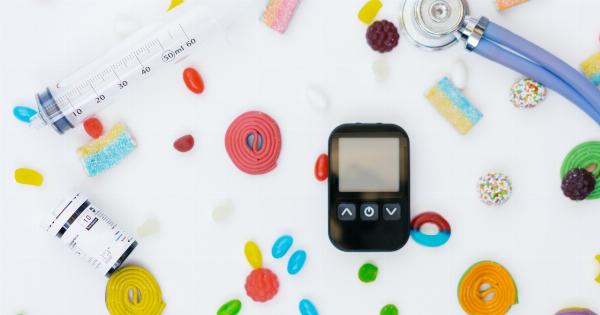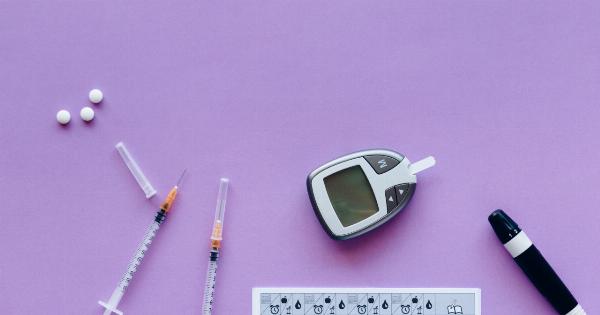A team of scientists has made a groundbreaking discovery in the field of diabetes research. The team found that pancreatic stem cells have the ability to regenerate insulin-producing beta cells in the body.
This discovery could lead to the development of new treatments for diabetes and other related diseases.
The Importance of Insulin
Insulin is a hormone that is naturally produced by the pancreas. It helps regulate blood sugar levels in the body by allowing cells to absorb glucose from the bloodstream.
Without insulin, the body cannot properly use the energy from food, which can lead to a number of health problems, including diabetes.
Diabetes is a condition in which the body either cannot produce enough insulin or cannot effectively use the insulin it produces. People with diabetes must manage their blood sugar levels through medication, diet, and other lifestyle changes.
The Challenge of Regenerating Beta Cells
For years, scientists have been searching for ways to regenerate beta cells in the pancreas. Beta cells are the cells that produce insulin. When these cells are damaged or destroyed, the body cannot produce enough insulin, which can lead to diabetes.
Previous attempts to regenerate beta cells have been unsuccessful, as scientists struggled to find a way to turn stem cells into beta cells. Stem cells are cells that have not yet developed into a specific type of cell.
They have the potential to become any type of cell in the body, including beta cells.
The New Discovery
The new discovery was made by a team of scientists at the Harvard Stem Cell Institute. The team found that pancreatic stem cells have the ability to regenerate beta cells in the body.
They were able to do this by manipulating a specific gene in the stem cells.
The gene, MafA, is responsible for the development of beta cells. By activating this gene in the pancreatic stem cells, the team was able to turn them into beta cells. They then transplanted these newly created beta cells into mice with diabetes.
The results were impressive. The transplanted beta cells were able to regulate blood sugar levels in the mice, effectively curing their diabetes.
What This Means for Diabetes Treatment
The discovery of this insulin regeneration mechanism has the potential to revolutionize diabetes treatment. Instead of relying on medication and other treatments, people with diabetes could receive beta cell transplants to cure their condition.
This would mean no more insulin injections, no more blood sugar testing, and no more worrying about the long-term health effects of diabetes. Of course, there are still many challenges to overcome before this treatment can become widely available.
Challenges Ahead
One of the main challenges is finding a way to transplant beta cells safely and effectively. Currently, beta cell transplants are only performed in specialized medical centers and are not widely available.
Another challenge is finding a way to prevent the body from rejecting the transplanted cells. The immune system can sometimes attack foreign cells and tissues, including transplanted beta cells.
This can lead to rejection and the need for lifelong immunosuppressive drugs.
Conclusion
The discovery of this insulin regeneration mechanism in pancreatic stem cells is an exciting development in the field of diabetes research. While there are still many challenges to overcome, the potential benefits of this treatment are enormous.
Curing diabetes through beta cell transplants would be a game-changer for millions of people around the world. It would allow them to live normal, healthy lives without the constant stress and burden of managing their diabetes.



























